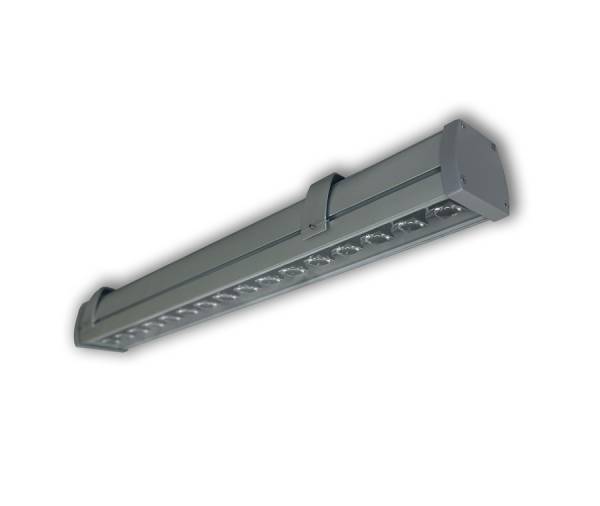HORTILUX LED grow light
HORTILUX LED Grow lights produce light spectrums that favors plant growth and increases production.
They are adjustable, wired or wireless with a tablet, and produce different spectrums of light, suitable for each phase of cultivation or type of plant.
It can also be set to emit white light that does not tire the worker and makes it easier to distinguish the degree of plant growth.
They have a high IP66 waterproof rating and excellent durability. They are made of anodized aluminium, so they are suitable for use in adverse environments

Hortilux are entirely adjustable.
The selection is easy:
1. Of the appropriate spectrum, either the predetermined ones, or new ones based on the agronomist’s
instructions
2. The intensity of the light
3. Starting and ending time
4. The time planning of the operation period, either based on absolute time or based on sunset
5. The switching programming of predetermined spectrums.
All this can be done easily, wirelessly, via tablet or mobile phone, without the need for additional wiring and
control device
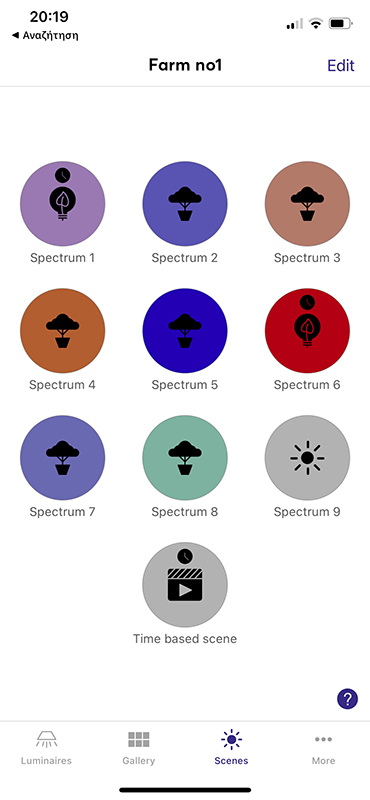
Spectrum 1

B: 40%
R: 40%
FR: 20%
Spectrum 2
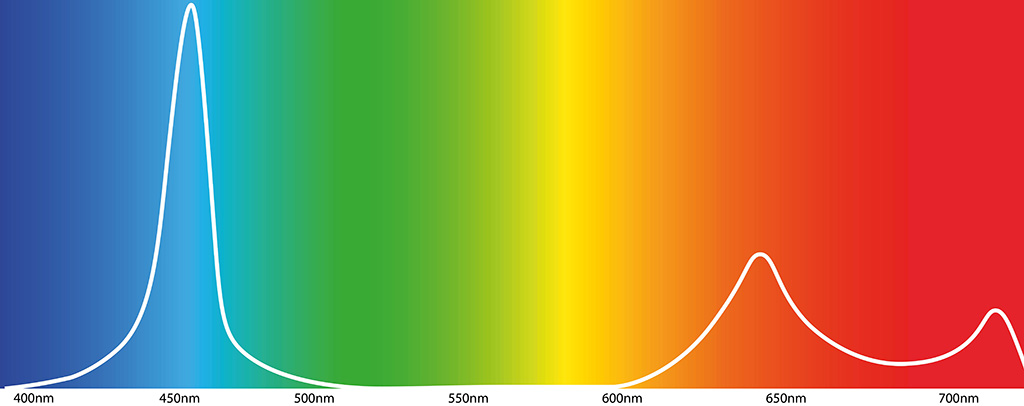
B: 65%
R: 15%
FR: 10%
Spectrum 3
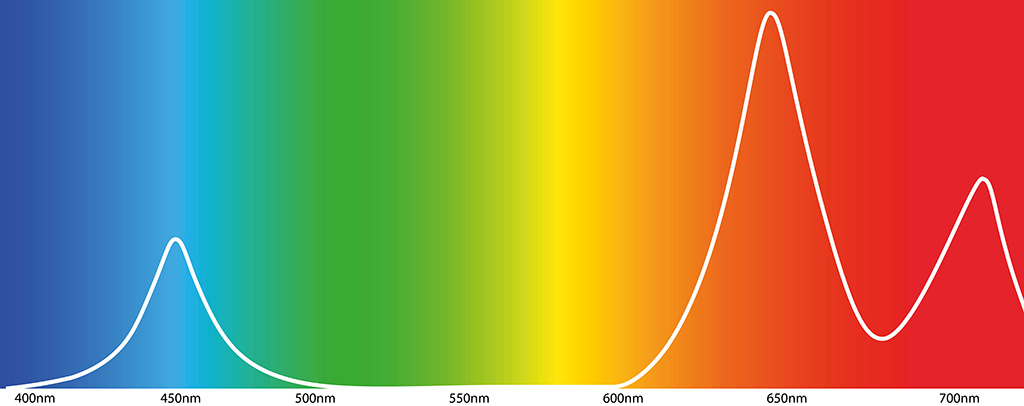
B: 15%
R: 65%
FR: 20%
Spectrum 4
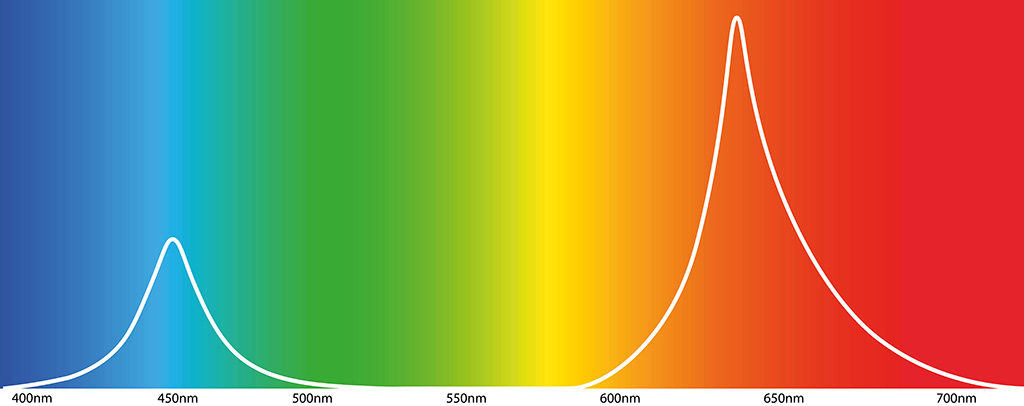
B: 30%
R: 70%
Spectrum 5

B: 100%
Spectrum 6
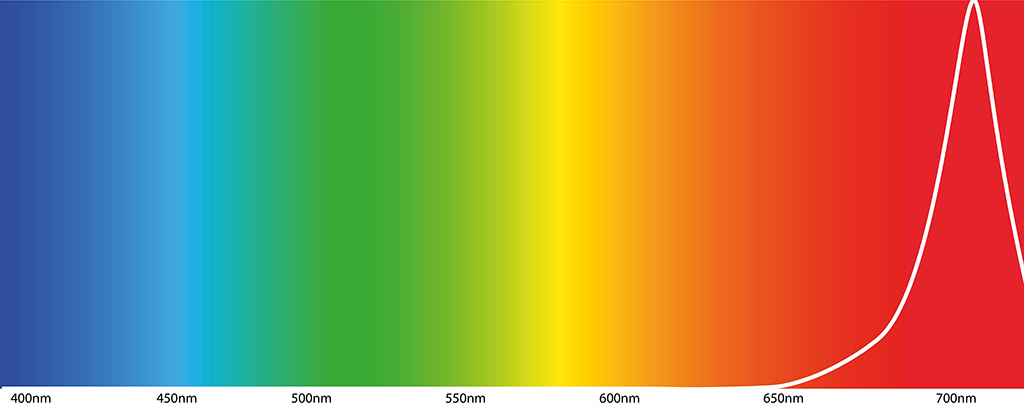
FR: 100% (end of the day treatment)
Spectrum 7
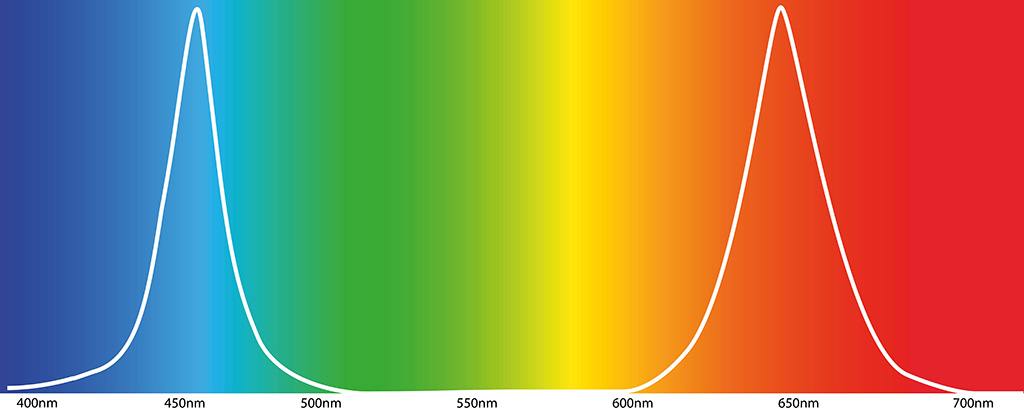
B: 45%
R: 55%
Spectrum 8

HORTILUX spectrum when all LEDs are on to
maximum powerSpectrum 9

The spectrum of HORTILUX when only the Hortisolis
LEDs work,
The light produced is white and allows the plant
growth to be easily distinguished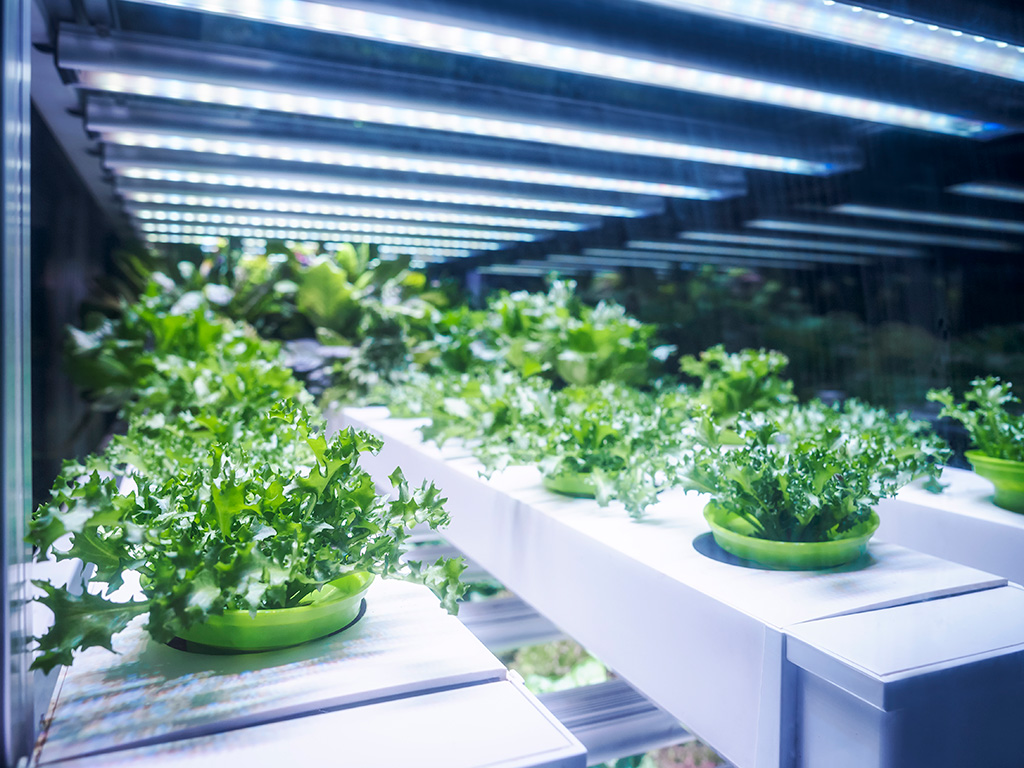
Light is essential for photosynthesis, the primary energy conversion mechanism in plants. The process is driven primarily by red and blue light through chlorophyll in photosystems II and I. Three factors are important here:
- Light intensity - measured in the number of photons a plant can use
- Photoperiodization - which reflects the duration of the exposure.
- Light quality - corresponding to the wavelengths of light to which the plants are exposed.
Light affects plant processes in many ways. Each process can be attributed to a specific photoreceptor that reacts to a specific range of wavelengths:
Cryptochromatic photoreceptors perceive blue and UVA light and are responsible for phototropism and photomorphogenesis.
Other photoreceptors, phytochrome, are receptors of dark red radiation (far-red)
Phytochrome, unlike cryptochrome, has 2 forms that differ in the wavelength of light they absorb.
Pr (red photochromic) absorbs red at 660nm
Pfr (dark red phytochrome) absorbs dark red at 730nm.
However, interestingly, Pr and Pfr can interconvert their molecular structure depending on the ratio of red and dark red wavelengths.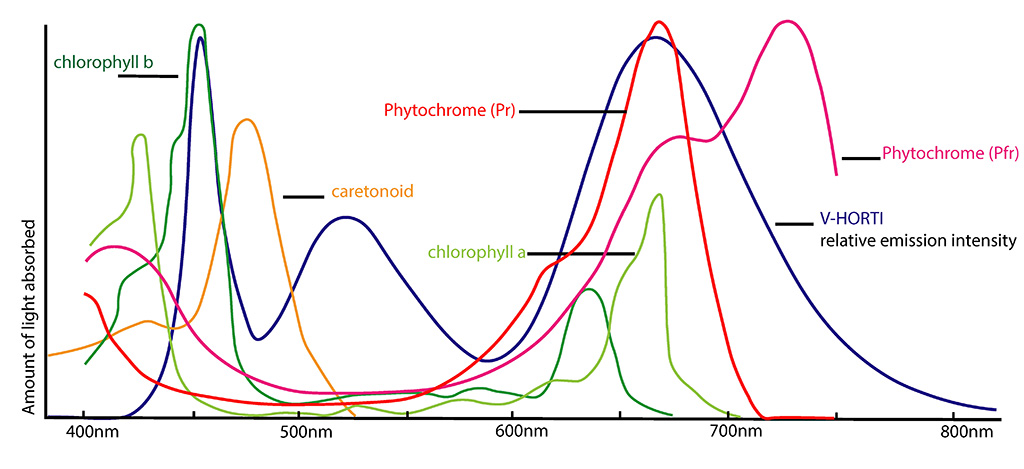
Since blue light and red light are the primary wavelengths absorbed by plant chlorophyll, purple fluorescent lamps or a combination of blue and red LEDs have traditionally been used as the most energy-efficient lighting for plant growth.
However, lighting with only two colours, blue and red, is tiring for workers and causes problems in the work environment, such as difficulty in determining the degree of growth of plants.
Recently, there has been a growing interest in lighting similar to natural sunlight to solve these problems.
However, white light, which is similar to natural sunlight, contains wavelengths that are not necessary for plant growth and are not optimally efficient relative to the energy cost of their operationObservation of cherry-tomatoes
under blue and red LED lightDifficult observation of the stage of
development and maturationObservation of cherry-tomatoes under V-HORTI lighting
easy observation of growth and ripening stage
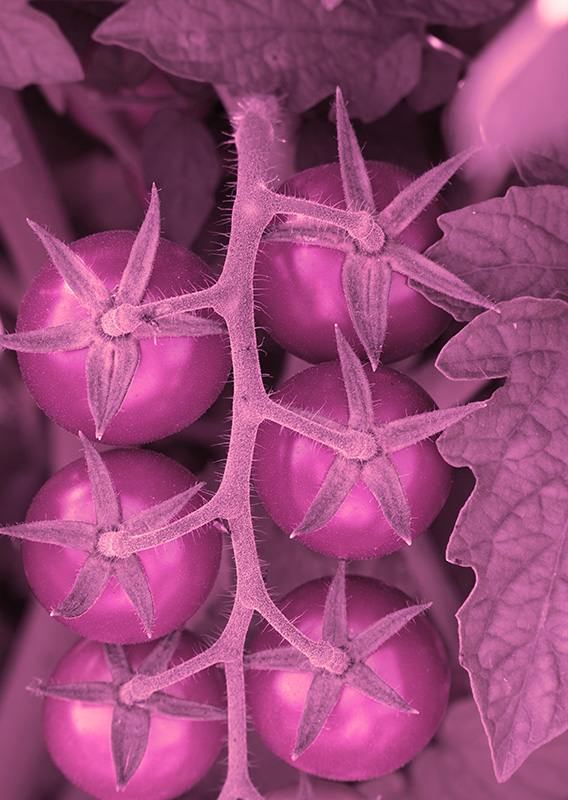
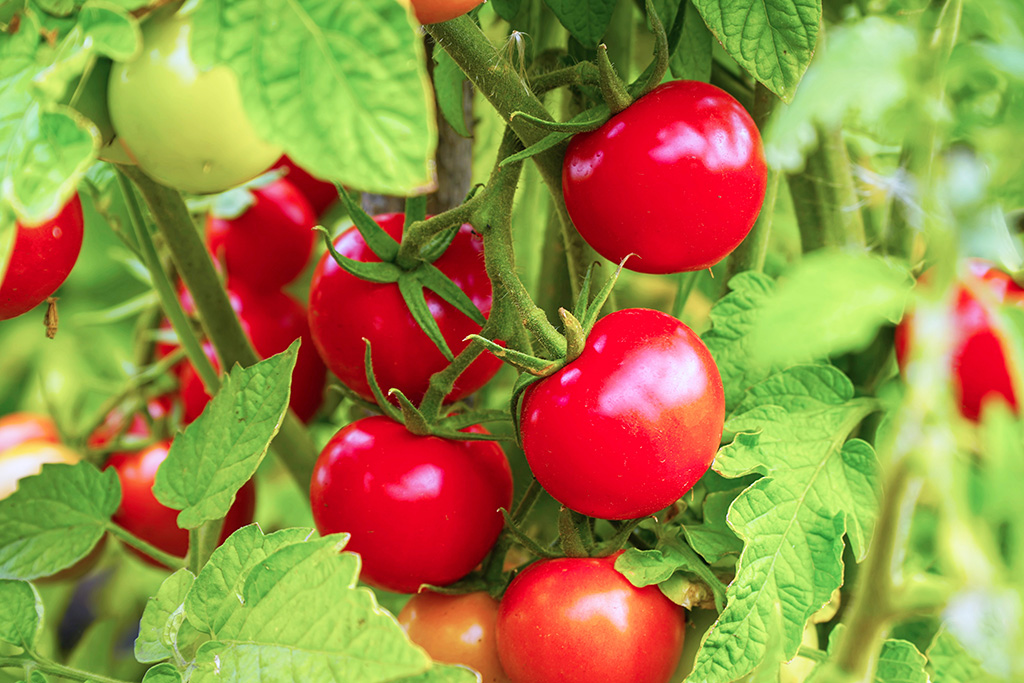
HORTILUX are designed, in addition to the red and blue spectrum, to produce infrared red and green.
The purpose of adding infrared light is to induce the shade avoidance response in plants. Plants monitor the ratio of red light to infrared light (R/FR). Infrared light is not absorbed by chlorophyll. Shaded parts of the plant recognize the higher FR to R ratio and respond by extending their stems to gain access to light. This behaviour is called the shade avoidance response.
This way, infrared light stimulates plant growth by inducing the shade avoidance response.
The purpose of adding green light is to create almost white light by combining it with blue and red, to improve working conditions and facilitate the observation of the degree of growth of plants and fruits.HORTILUX series Specs
Photosynthetic Photon Flux (PPF) 105 - 203 μmol/S Photon Flux (PF) 116 - 226 μmol/S Photosynthetic Luminaire Efficacy μmol/S /W 3,28 μmol/S /W Luminaire Efficacy μmol/S /W 3,65 μmol/S /W Ambient Temperature -30oC - +50oC Power Factor 0,95 CCT 5310K (Spectrum 9) L70B10 >70000h IP Rating IP66 IK Rating IK09 Body Anodized Aluminium Dimensions 62mm x 65mm x (640 - 1200) )mm Weight 1,5 - 2.8 Kg Warranty 5 years Compliances CE EN 60598-1:2008 +A11:2009 EN 60598-2-1 EN 50581 EN 61000-3-2:2006 + A1:2009 + A2:2009 EN 61547:2009 EN 55015:2006 + A1:2007 +A2:2009 EN 61000-3-3:2008 EN 62471:2008 IEC 62778 EN 62493:2010 Directive (LVD) 2014/35/EU Directive (EMC) 2014/30/EU Directive (RoHS) 2011/65/EC Directive (REACH) 2006/1907/EC Directive (EuP) 2009/125/EC HORTILUX series Versions
Weight Code Watt PPF (μmol/S) PF (μmol/S) Photosynthetic Luminaire Efficacy μmol/S /W Luminaire Efficacy μmol/S /W 64cm HORTILUX-a-640 32 105 116 3,28 3,65 78cm HORTILUX-a-780 39 128 142 3,28 3,65 92cm HORTILUX-a-920 46 150 167 3,28 3,65 106cm HORTILUX-a-1060 54 177 197 3,28 3,65 120cm HORTILUX-a-1200 62 203 226 3,28 3,65 Dimensions
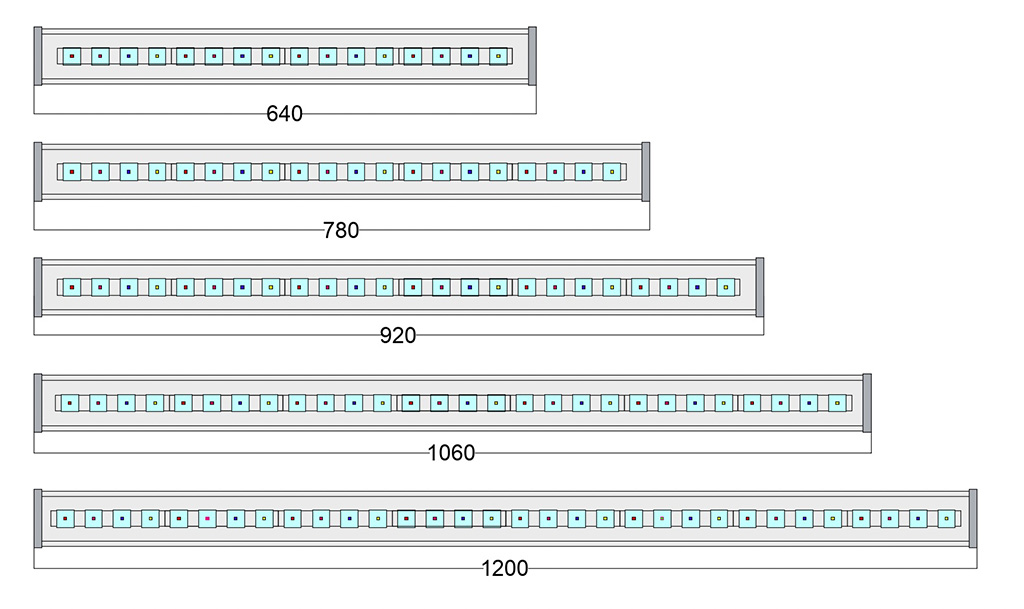
Polar Intensity Diagram
5o
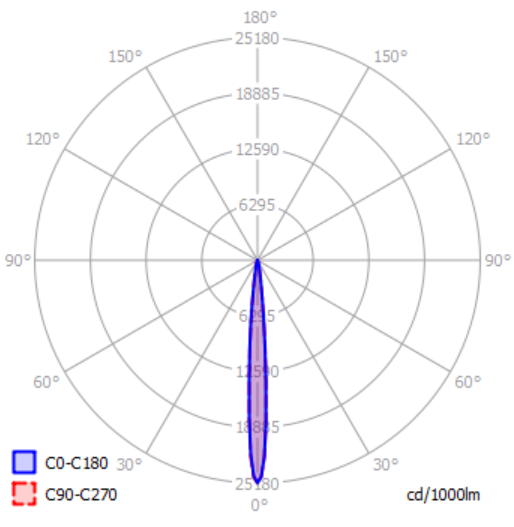
11o
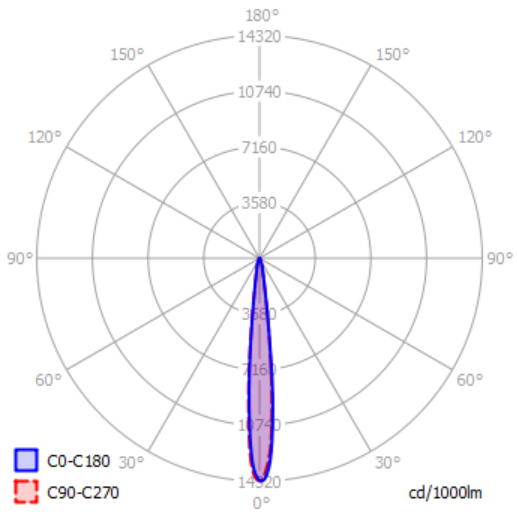
28o
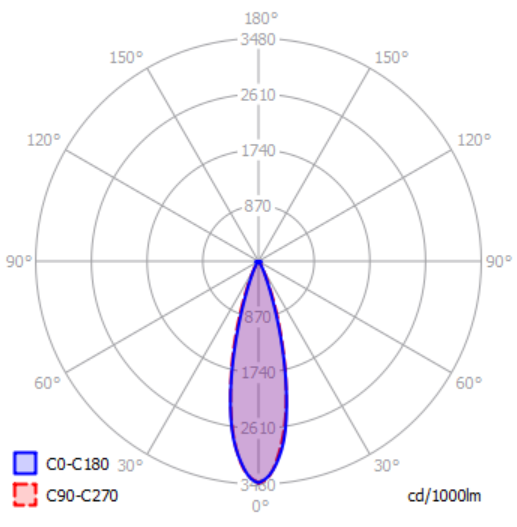
31o
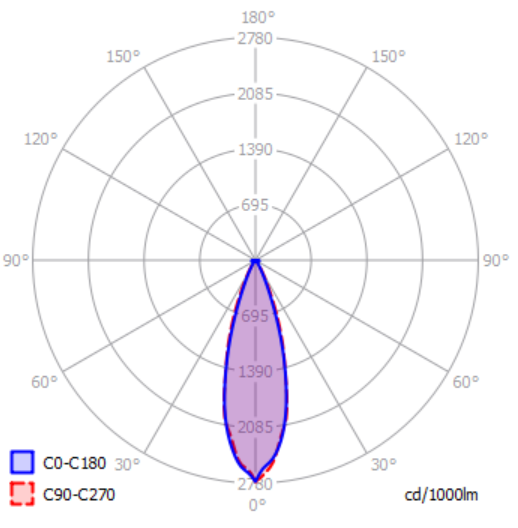
40o
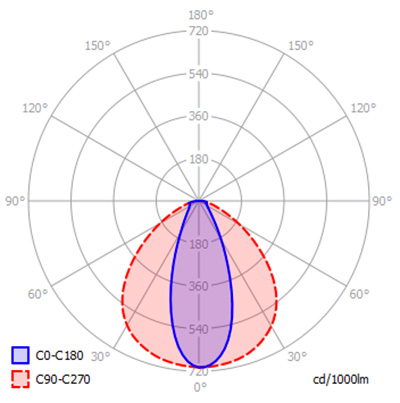
44o
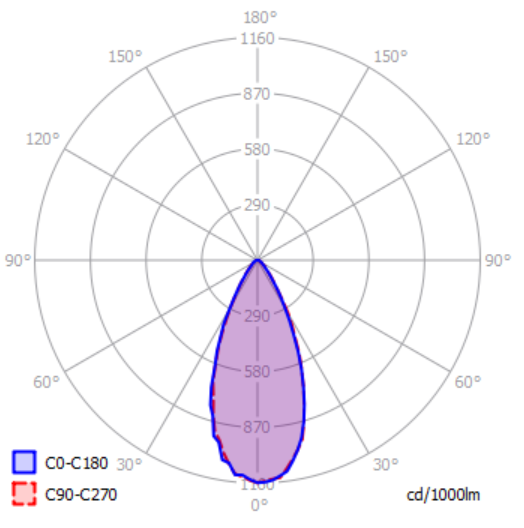
105o
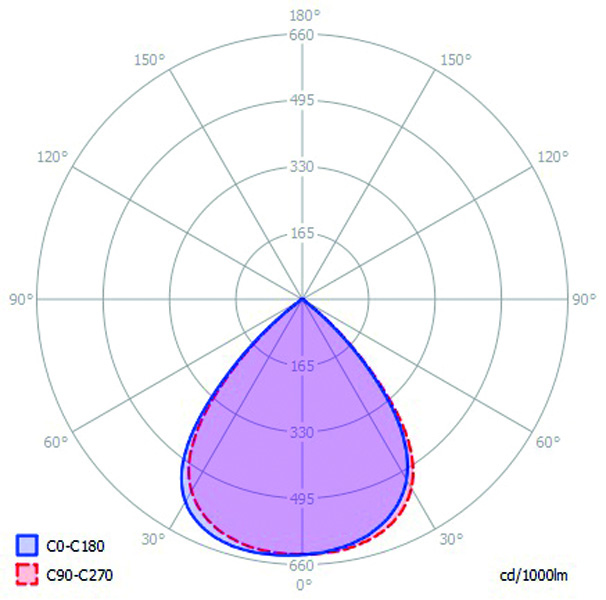
120o
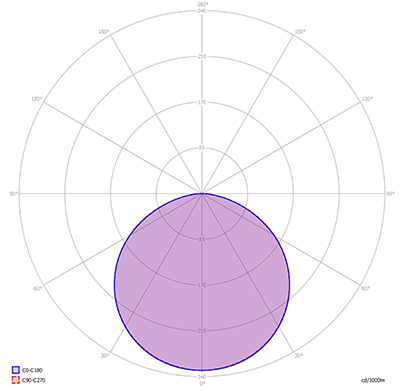
90o
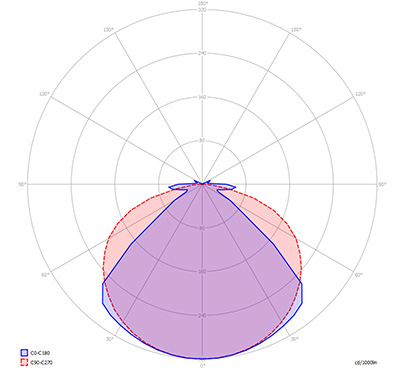
60o
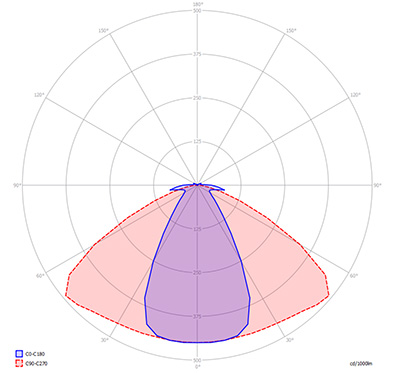
40o

Ασύμμετρη
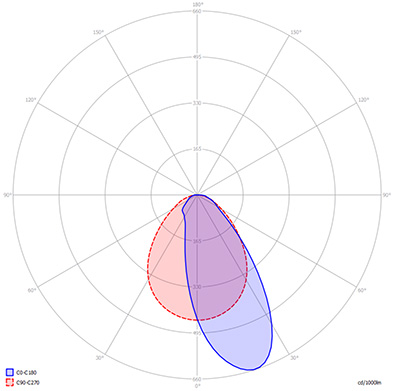
Διπλά ασύμμετρη
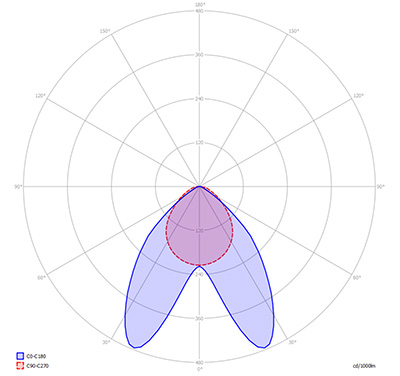
Batwing
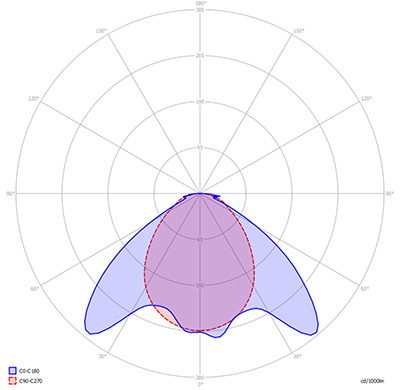
O
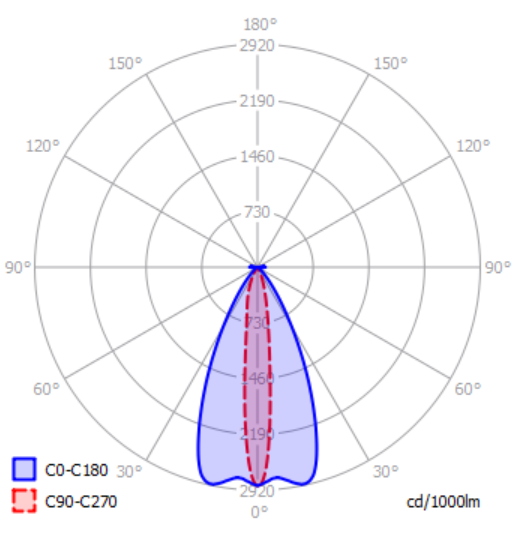
Ευρεία - για τοποθέτηση ανάμεσα σε σειρές
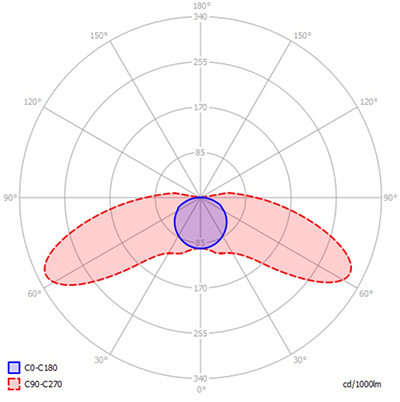
- Indoor Lighting , Outdoor Lighting
- ceiling mounted, Pendant
- direct
- 5, 10, 20, 30, 40, 60, 90, 120, 180
